For Flux Sake: Beer, Fags and Opposite-Lock
 by Ian Flux with Matt James
by Ian Flux with Matt James
“So, that year I’d been paid in gear ratios, a bed and a fridge, and also got two pallets of beer. It was an interesting career.”
—Ian Flux, on his 1993 season
British motorsport has a tradition of being populated by drivers whom it is compulsory to term “larger than life.” Names like Gerry Marshall, Chris Meek, Tony Lanfranchi, Tiff Needell, and Dave Brodie would feature in any list of such GOAT characters. And so would Ian Flux, as you may have guessed from the arch title of his autobiography. Guys like Flux had one thing in common—they not only knew how to have the proverbial good time but they also felt compelled to tell everybody just how good the time was. I adore motorsport, but I’m more of a Phil Hill than a Mike Hawthorn on the extroversion continuum, hence even the title of this book was enough for my disapproving frown to appear. Hopes were not high.
But 300 pages of large, clear font later I finished the book not with relief but with a smile. Because Ian Flux, with help from Matt James, has told a story which is about much more than the beer and fags* in the title. Opposite lock was welcome, though, and you’d expect it to feature in a career spanning 4 decades, 754 races, and nearly 600 cars. Flux is a name probably best known to British readers, although he has also raced across the world, including Europe, the 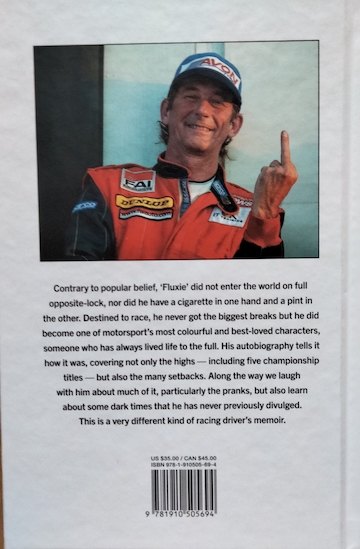 United States and New Zealand. Having shown speed in karting, he began his race car career not in Formula Ford 1600 (which was almost compulsory in the early 1970s) but in a more affordable Scarab Formula Vee. Racing apart, Flux didn’t have a career plan in the conventional sense but, after being fired from Ashby’s Garage, he had his first big break and was taken on as a gopher by the embryonic Token Formula One team. And that was the first of countless jobs and commissions that have kept the wolf from Flux’s door ever since. Although I bet it’s been audible on many occasions, as Flux has navigated some tough lows as well as enjoyed many highs, inside and outside a race car.
United States and New Zealand. Having shown speed in karting, he began his race car career not in Formula Ford 1600 (which was almost compulsory in the early 1970s) but in a more affordable Scarab Formula Vee. Racing apart, Flux didn’t have a career plan in the conventional sense but, after being fired from Ashby’s Garage, he had his first big break and was taken on as a gopher by the embryonic Token Formula One team. And that was the first of countless jobs and commissions that have kept the wolf from Flux’s door ever since. Although I bet it’s been audible on many occasions, as Flux has navigated some tough lows as well as enjoyed many highs, inside and outside a race car.
By 1975 Ian Flux was working for Graham Hill’s Formula One team and on a foggy November night “. . . Radio Luxembourg . . . said there had been a light aircraft crash at Elstree aerodrome—and I just knew . . . my heart sank to the pit of my stomach.” Flux was one of the team’s few surviving members. “Six funerals in six days.” But it didn’t take long before Flux’s name started being mentioned with increasing frequency in the British motorsport weekly bibles, Autosport and Motoring News, and he’s been a fixture in them ever since. In his sixties, the former hell-raiser racer is now almost a national treasure.
This is a book that rattles on at a punchy staccato pace, with accounts of a racing career’s peaks and troughs punctuated by humorous asides and anecdotes. The reader will realize that Flux appears to be the classic “what you see is what you get” character, a man apparently untroubled by self-doubt or much given to inner dialog. There are stories galore of drunken misbehavior, high jinks, and self-indulgence. Such as setting off a fire extinguisher on a posh hotel’s snooker table or flooding another hotel by triggering its sprinkler system with the ever-present lighted fag. Of the former incident, Flux comments “I was pissed**, of course, but you wonder why you do those things. People hear about them.” They certainly have now, Ian. And there’s more, from pimping himself out as a prostitute to gentleman customers when funds were low, to using (female) prostitutes himself when funds were healthier.
There is something endearing about Flux’s Tigger-ish persona. He never quite enjoyed the success or profile of many of his peers despite being the equal or better of many of them behind the wheel of a race car. Flux hasn’t had an easy life, with more slings and arrows coming his way than most. He was even subjected to sexual abuse as a young teenager by a teacher at his boarding school. There is an unflinching account of what this “true monster” inflicted upon the young Flux and his school friend. And yet Flux doesn’t dwell on this, never terming himself a “survivor” of the abuse but dismissing the episode with resilience and contempt. His marriage broke down, he was often near penniless, and he has endured what sounds like a hand to mouth existence for most of his professional life. But his unquenchable optimism, his ability to bounce back from adversity, and (in Dylan’s words) “to keep on keepin’ on” make this book a lively read.
That is the serious human interest stuff, the inclusion of which elevates the book from the typical race car driver autobiography to something more intriguing. But what about the racing? My God, this man has raced just about everything. After Formula Vee, he scaled the foothills of single seaters in Formula Atlantic and Formula 3, the former with Dr. Josef Ehrlich, the engineering genius who is now almost forgotten. The 1988 season epitomized Flux’s versatility, with success in Sports 2000, Thundersports (a successful “anything goes” sports car series), and BRDC (British Racing Drivers Club) Group C Sportscars. But, “as I had quite a lot of spare weekends,” he also raced in the British Touring Car Championship in a Ford Sierra RS 500 Cosworth and Toyota Supra Turbo, with more outings in Group N, in another Sierra Cosworth, sponsored by Minitech (the Derby IT firm co-owned by one of my oldest friends, Nigel Mackrill). The big time occasionally beckoned too, never more than when Flux raced the XJR-15 in the Jaguar Intercontinental Challenge, supporting Grands Prix at Monaco, Silverstone, and Spa in 1991. There is a lovely account of the euphoria he felt on the Silverstone podium recently vacated by Nigel Mansell. Flux finished third before his home crowd and he recalls it as “[a moment] I will remember forever. No one really cared about [Juan Manuel III] Fangio, because he wasn’t the proper Fangio, and Wollek was French. I was the homegrown hero, and they were all shouting my name.”
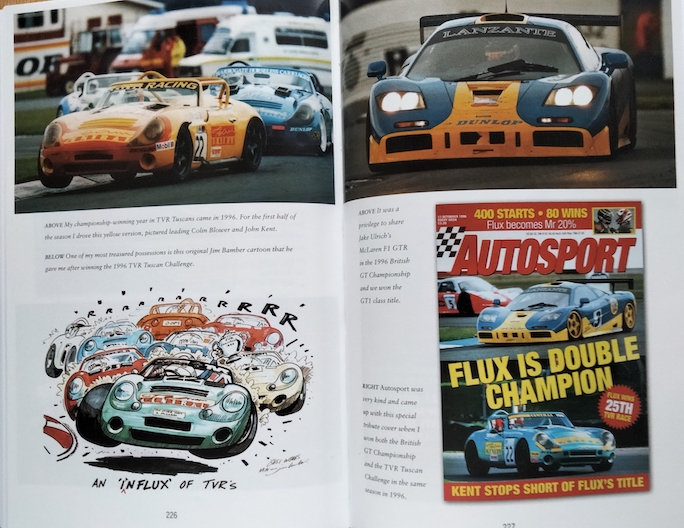
Ian Flux is now a retired race driver but he has an ocean of memories to explore. He may not have the glitzy apartment in Monaco and he may be a stranger to designer wear but how many current Formula One drivers have driven so many extraordinary machines? For Flux sake (I’m doing it now) he’s the man who has driven a Ferrari 250 GTO and 330LMB, raced a McLaren F1 GTR, judged rising stars (including one L. Hamilton), and defended the BRDC against a Tom Walkinshaw coup. Perhaps most poignantly of all, he sampled the Hill GH02 F1 car, which he had helped to build half a lifetime earlier: “I had tears in my eyes while I was in the car.”
I didn’t really expect to enjoy this book, but I’d recommend it to anybody with an interest in British motorsport. Flux belongs to the baby boomer generation, the last one to be able to immerse itself in racing without guilt, regret, or even a backward glance. This account of a racer’s life is endearing, frank, shocking, funny and fast paced—just like its author.
* Fags – English slang for cigarettes
** Pissed – English slang for drunk
Copyright John Aston, 2023 (speedreaders.info)


 RSS Feed - Comments
RSS Feed - Comments

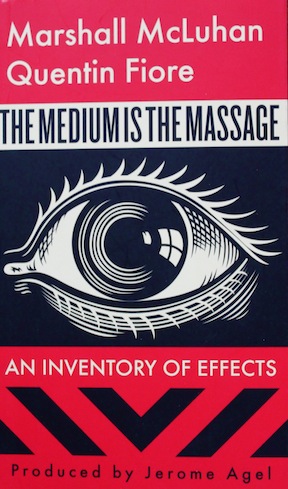




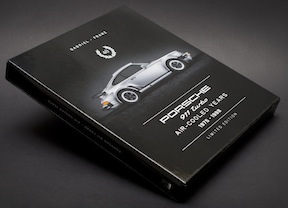

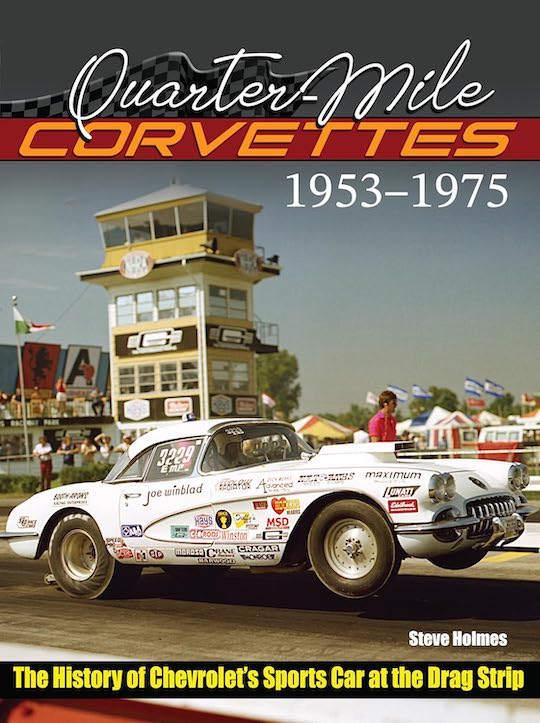

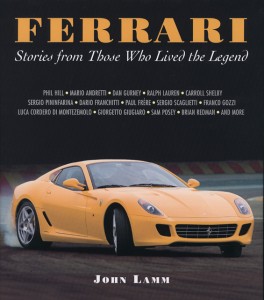
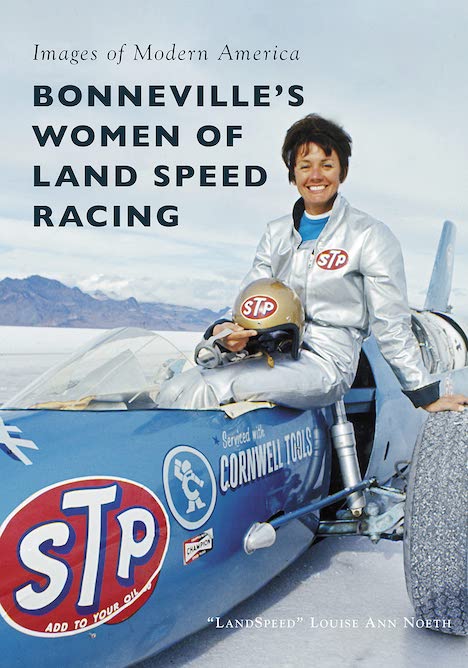


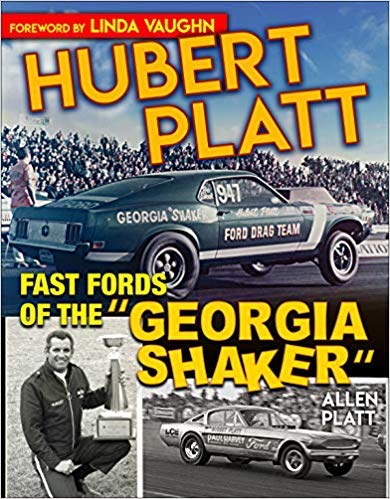
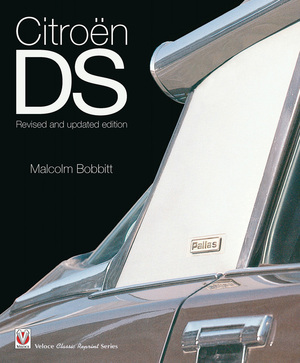

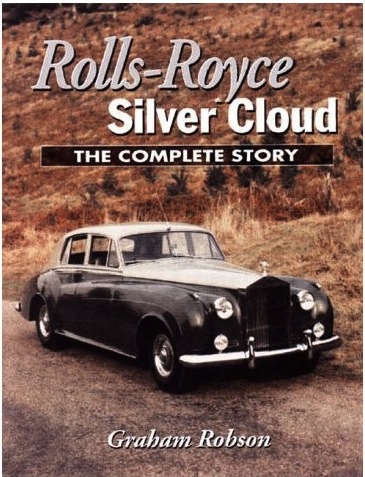
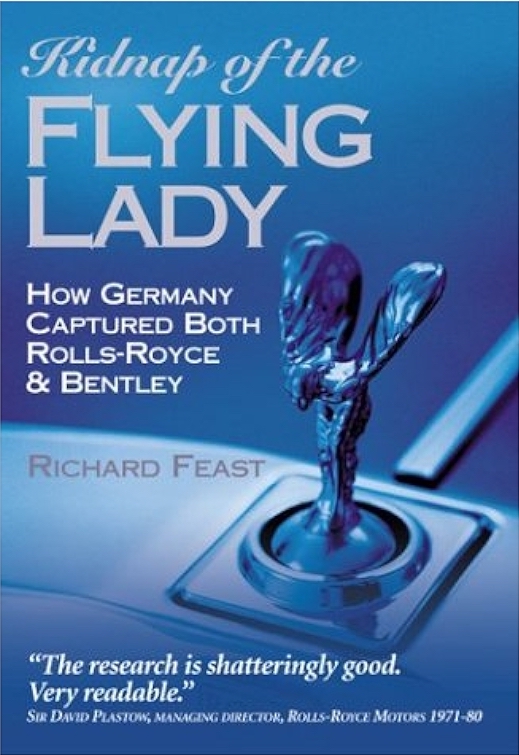
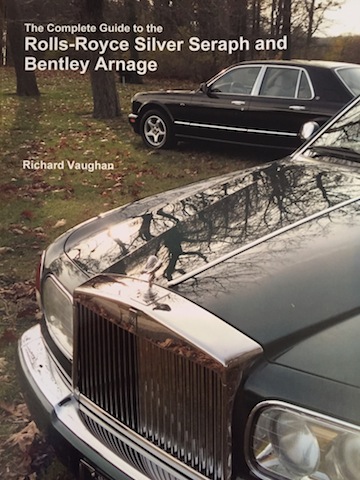




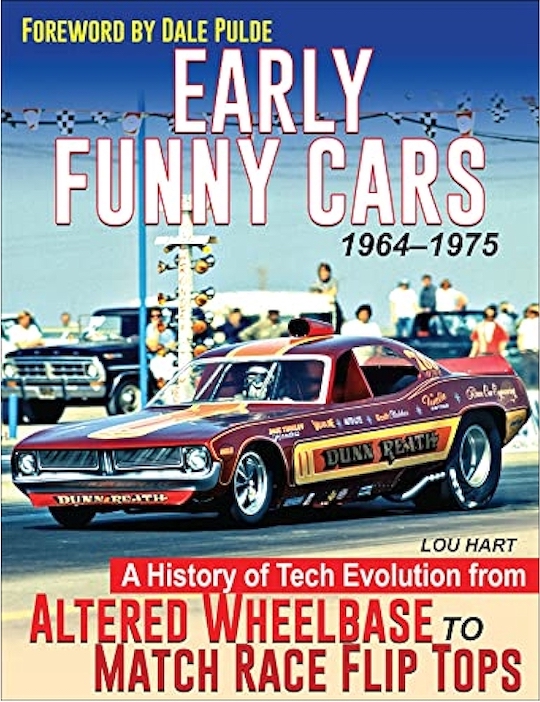
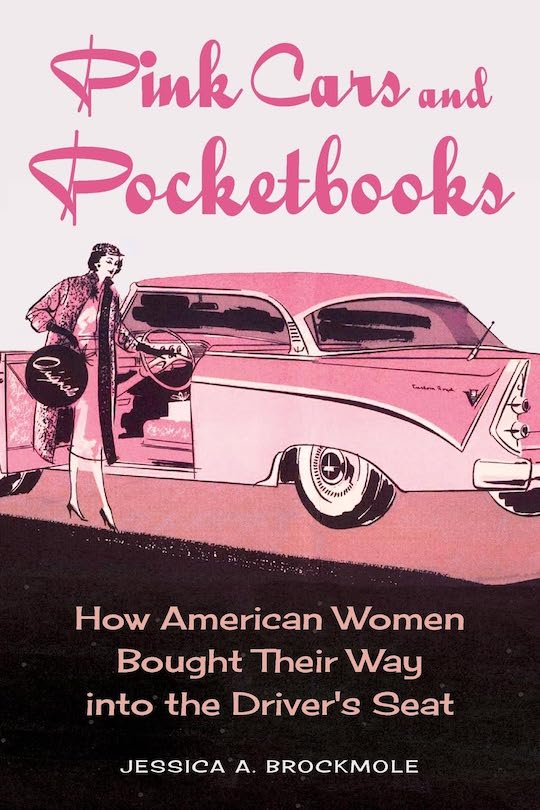
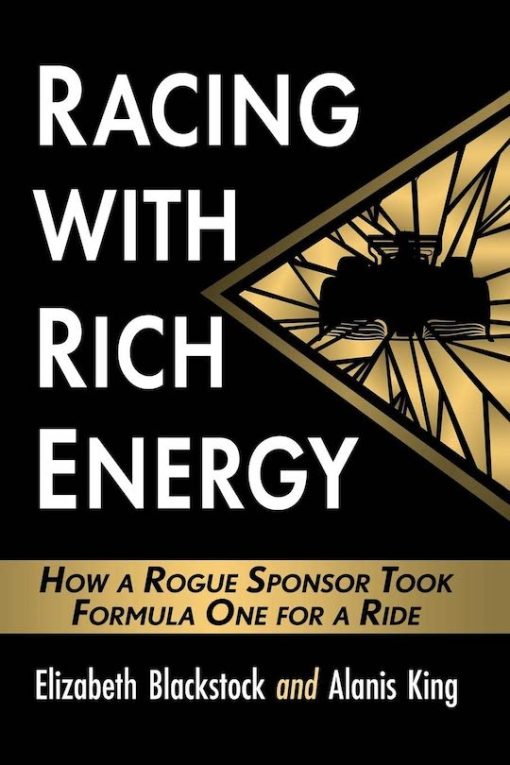
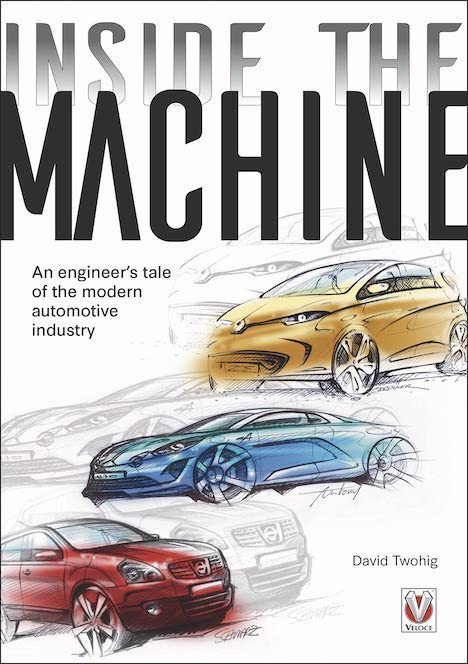


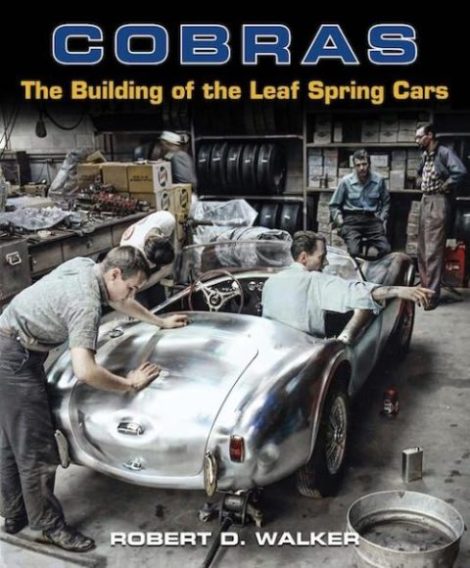

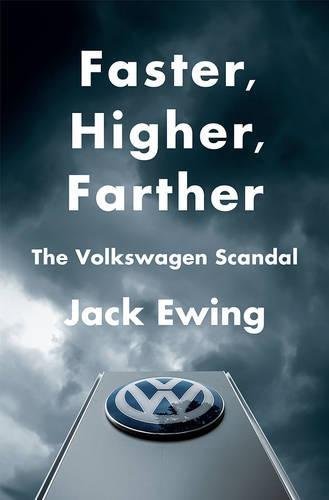




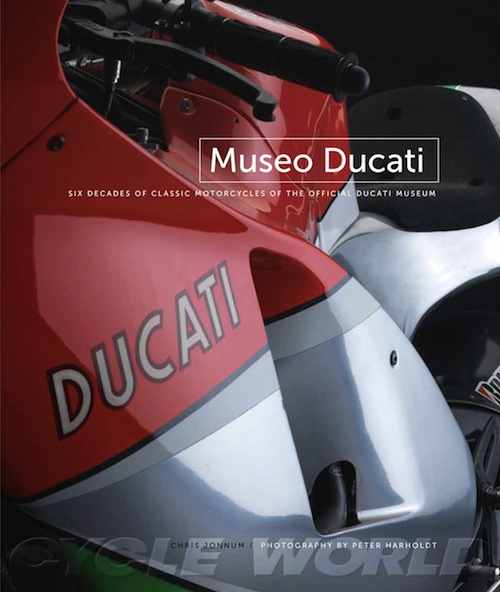



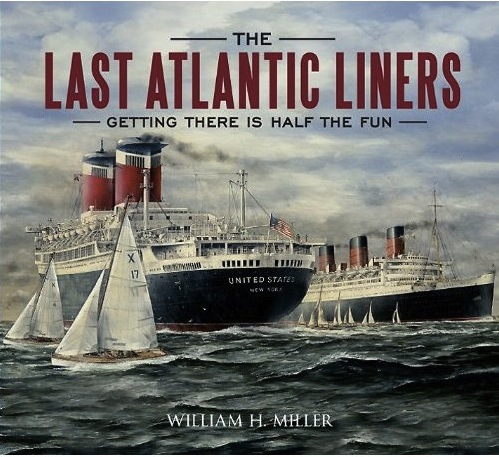
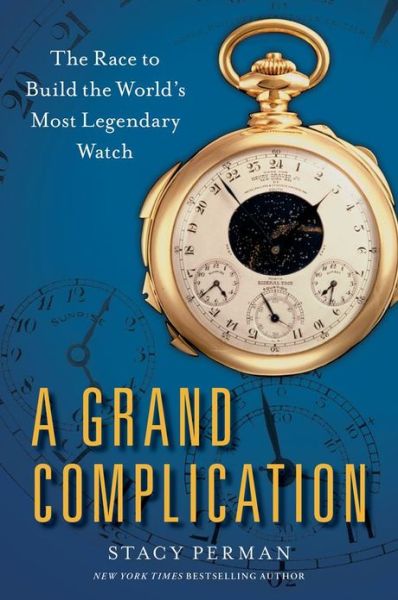
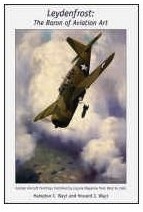
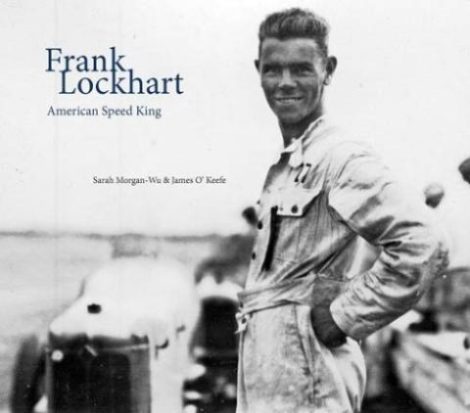



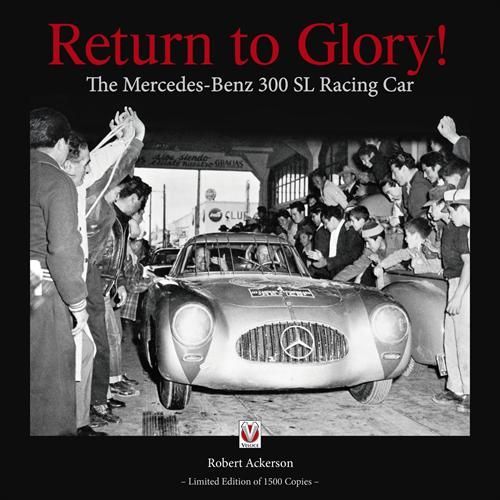
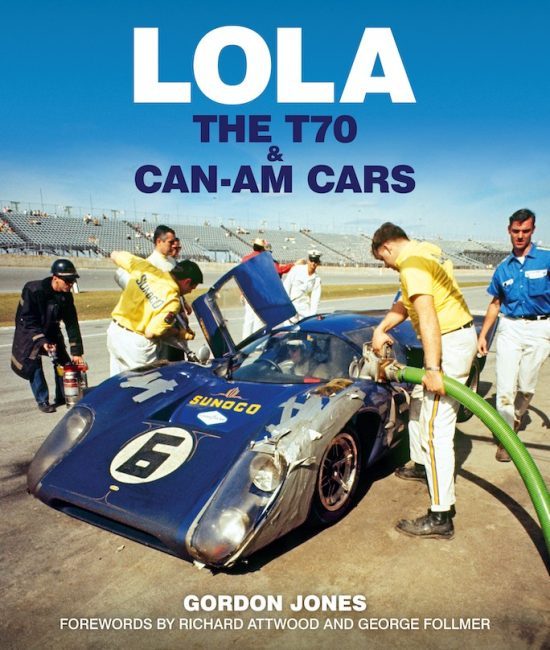


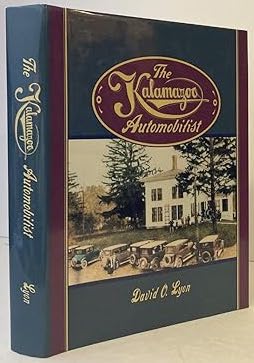
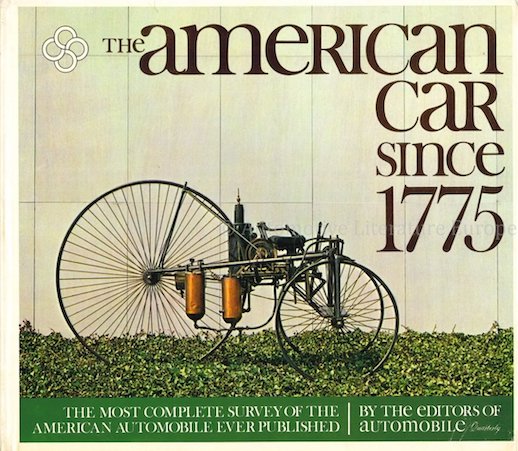
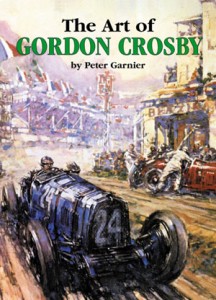
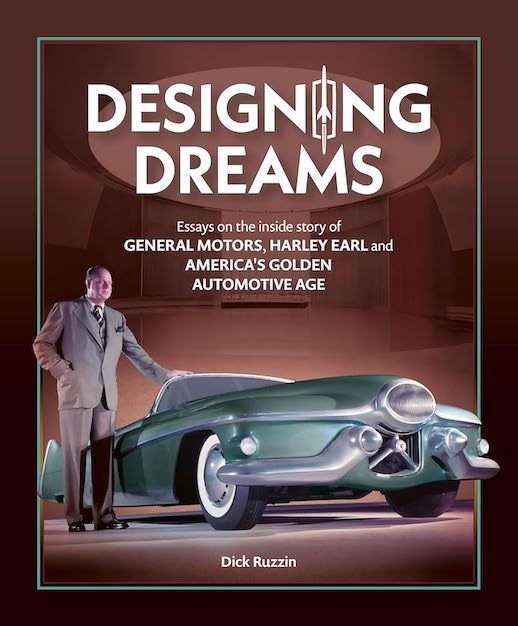
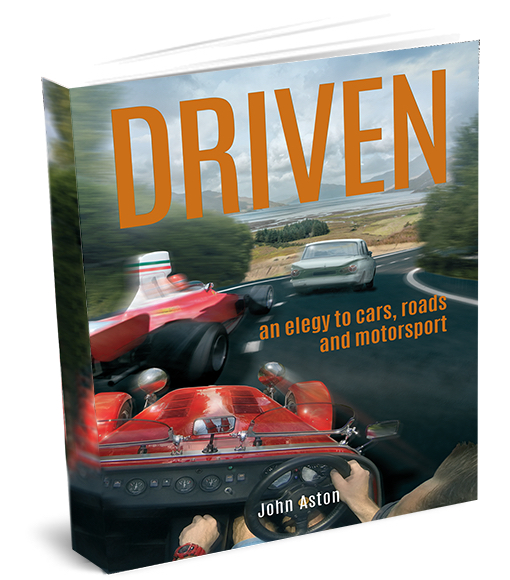
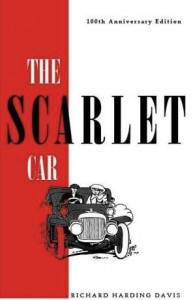

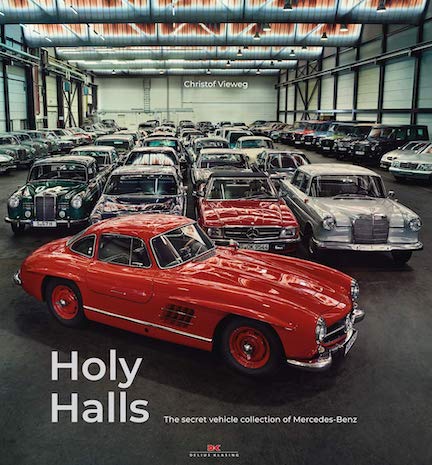

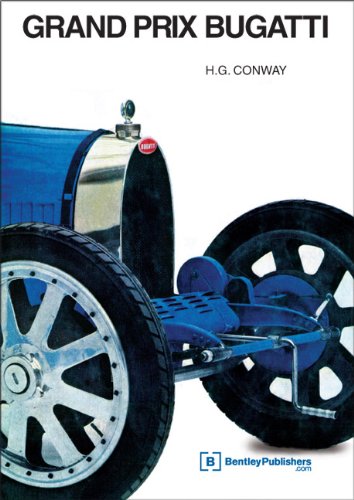
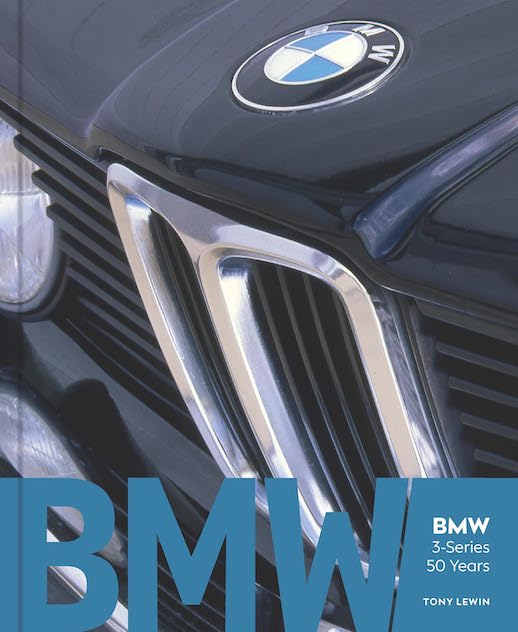

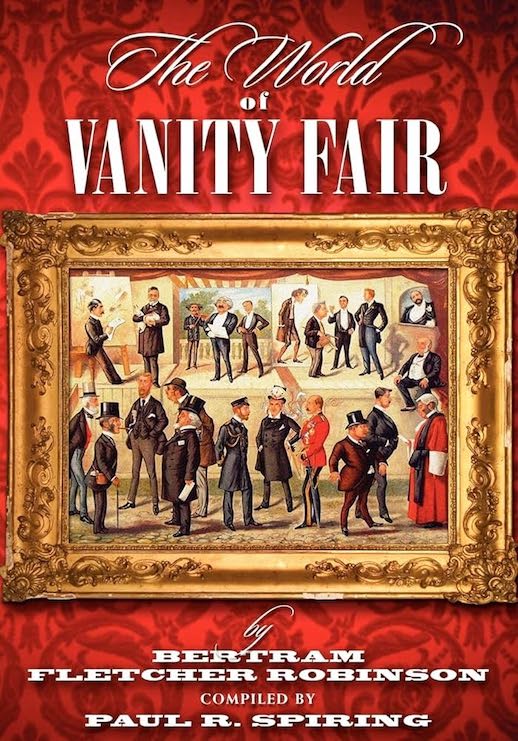
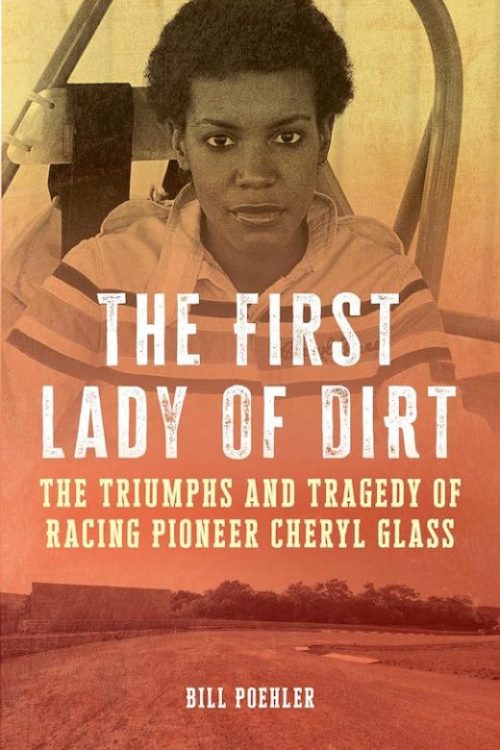


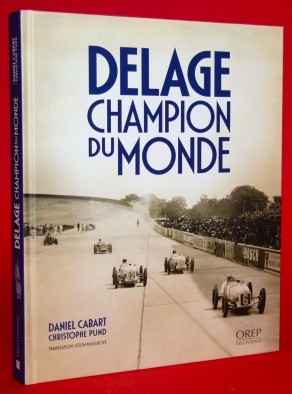

 Phone / Mail / Email
Phone / Mail / Email RSS Feed
RSS Feed Facebook
Facebook Twitter
Twitter
Agreed – a recommended book of the (mainly) British racing scene over a number of decades
Flux was the ultimate ‘gun for hire’ and this took him to all sorts of places. And he did it his way.
As an aside, his distaste for the activities of Tom Walkinshaw makes one yearn for a biography of the Scot, who seems to have regularly crossed the boundaries into dubious / illegal activities, and (only) occasionally paid the price.
Hi! John, thank you so much for a brilliant recap of my book and so glad you enjoyed it. I am just so lucky to be born when I was to able to do all this. Sadly today for a 17-year-old this would be completely IMPOSSIBLE! Hopefully we might bump into each other and share 10 pints together. Many thanks again, Fluxie
John, thank you so much for the review. When I first read the opening paragraph, I thought “oh no” and then read on—what a brilliant, balanced, and thorough review. I passed it on to Fluxie and he was blown away and said that he likes to turn people on their head.
—Rebecca Leppard